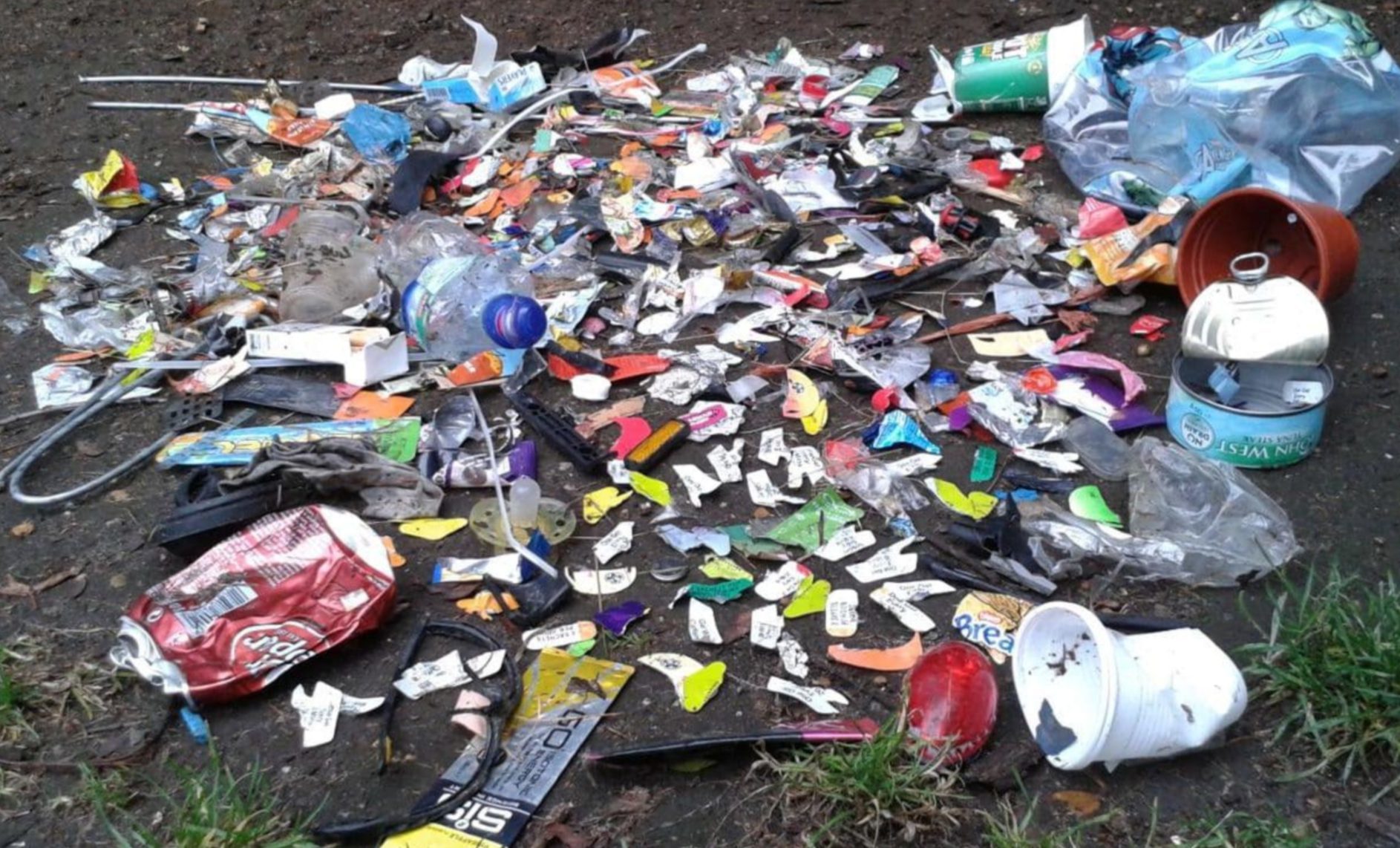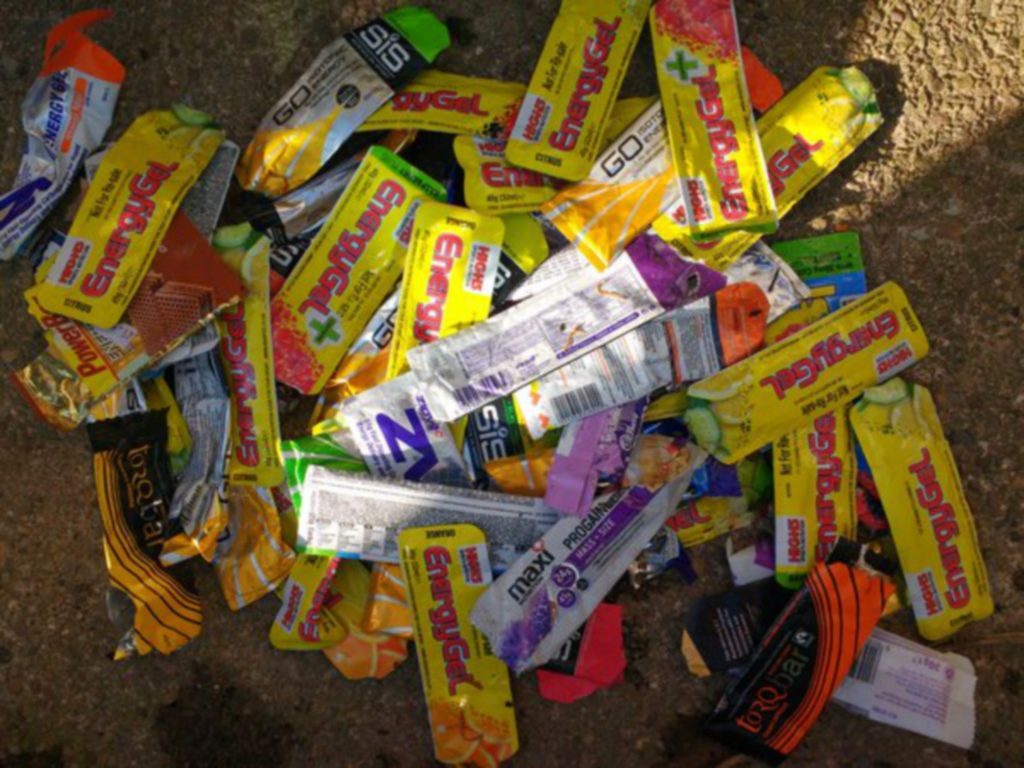Cyclists, in general, are a responsible lot. They ride outdoors, through beautiful places and appreciate the isolation and wilderness they’re part of.
It’s one of the wonderful aspects of cycling – you’re part of the landscape, soaking up the terrain, rather than the more remote sensation of experiencing the world around you from inside a vehicle.
As such, cyclists tend to be aware of their surroundings and will carry the wrappers and rubbish from their energy bars and gels back home with them.
There are of course exceptions. One of those is the case of accidental littering, where items are dropped without the knowledge of the rider. If you follow the route of any cycle sportive event after it has passed through you will find a large amount of detritus that has been dropped. This is clearly unintentional as the items by the side of the road include expensive sunglasses, pumps, gloves and all sorts of other things one would not normally discard. They are usually lost on descents, particularly when the surface is rough and bumpy.
Unfortunately, though, there are also the riders who drop litter because they can’t be bothered to take it with them. Ultimately it is a reflection on society as a whole, but it saddens me to come across discarded wrappers at the side of the road. There really is no excuse for such behaviour – after all, it’s not as if the empty wrapper weighs much.
This extends to other items too, like bananas, one of the most commonly consumed foods by cyclists. When I guide a group of riders over a week I can go through 200 plus bananas. The skins are biodegradable, but only after two years, so if you cycle up a climb like the Col du Galibier, which sees thousands of cyclists every year, it means that it isn’t long before the skins become a bit of a problem at the roadside.
The John Muir Trust estimated several years ago that Ben Nevis had more than a thousand banana skins lying rotting on its summit.
When I’ve been out and about I’ve always followed the camper’s maxim that you carry out what you carry in. Sadly it seems that fewer people are getting this message and on popular road and mountain bike routes it is common to see cycling-specific litter, such as gel wrappers, discarded at the side of the route.
Do the Ride Thing, a manifesto written by Developing Mountain Biking in Scotland, aims to educate riders on good practice. It is aimed at mountain biking, but road riders would also do well to take heed as many of the aspects it covers are relevant to them too. It covers various aspects of safe and responsible cycling in Scotland, including litter, and points out that “… rubbish really does make us and our trails look, well, rubbish!”
So next time you’re out on a ride, be aware of your footprint on the environment. As cyclists, we may not pollute the atmosphere with fumes from engines, but we can still have a detrimental impact on our surroundings. So next time you are out on a ride be aware of your environmental footprint. Think ahead about how you are going to take your rubbish away. If you don’t like the goo from a used gel leaking from a wrapper into your jersey pocket, then take a small plastic bag to put it in. Don’t give the anti-cycling lobby another reason to dislike cyclists. Take your rubbish home.
Join the Blazing Saddles Strava Club at: www.strava.com/clubs/BlazingSaddlesWeekendCourier
Where to Ride? Ayrshire Coast Cycleway – Part of Sustrans National Cycle Route 7 from Irvine to Ayr
Suitable For: Quiet road cycling on tarmac surface
Distance: 19 miles one way
Description: Following along the Ayrshire coastline between Irvine, Troon, Prestwick and Ayr this route look across to the Isle of Arran. Starting in Irvine and passing by Irvine Beach Park it heads through Gailes Marsh and Shewalton Wood – two wildlife reserves, before returning to the coast at Troon. After this the route sticks to the coast all the way to Ayr.











